The locals call it “the city of the colorful sky.” Welcome to Nizhni Tagil, Russia, one of the most polluted places in Europe.
Nestled in the depths of the rugged Ural mountain range about 1,100 miles from Moscow, Nizhni Tagil’s 360,000 residents are paying a heavy price for living in a city that’s become an industrial powerhouse of Russia. Dominating the landscape of Soviet architecture, rivers and forests, the chimneys of the metropolitan area’s 606 factories — one for every 600 residents, more or less — chug out non-stop clouds of toxic smoke that poison the life of the city.
Videos by VICE
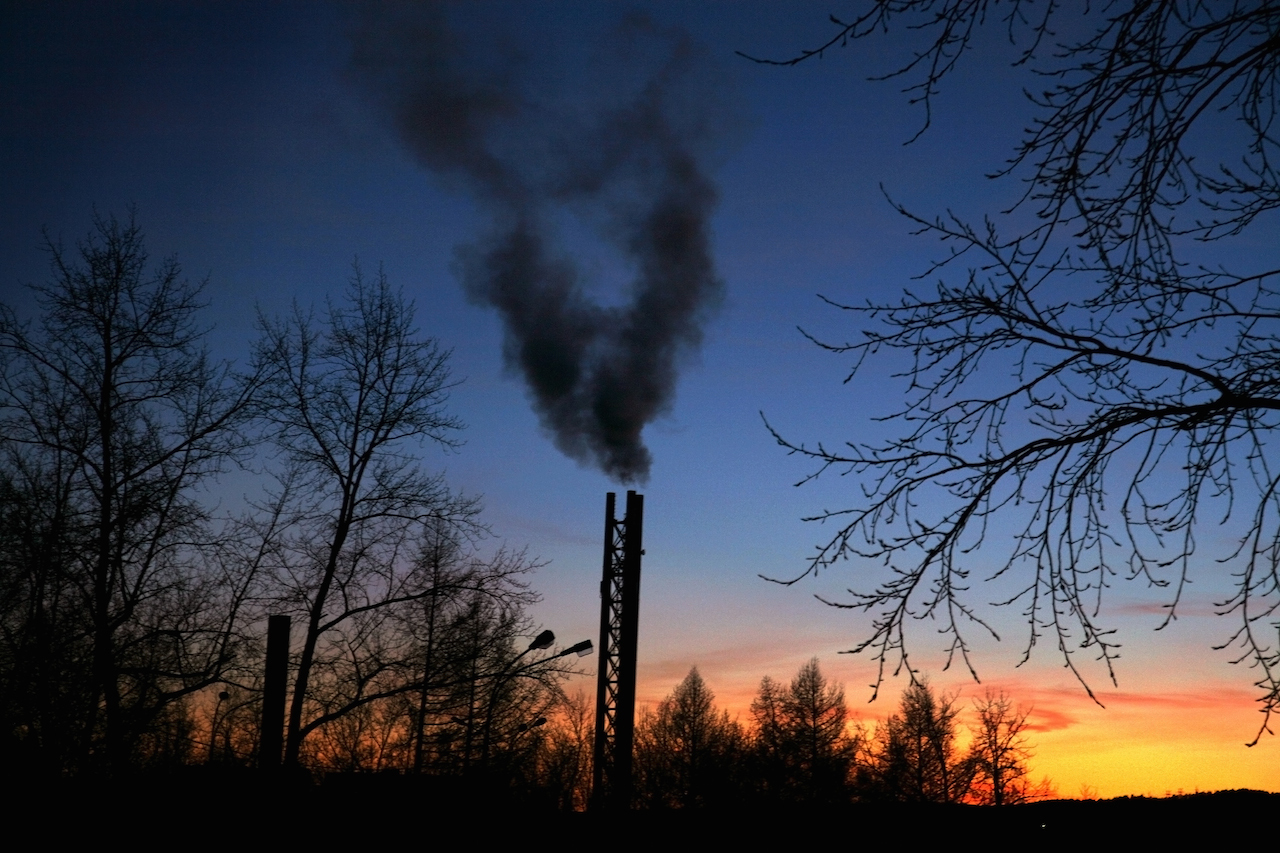
The effects of the toxic smoke chugged out by 606 factories have given Nizhny Tagil its nickname, “the city of the colorful sky.” All photos by Alexandros Katsis.
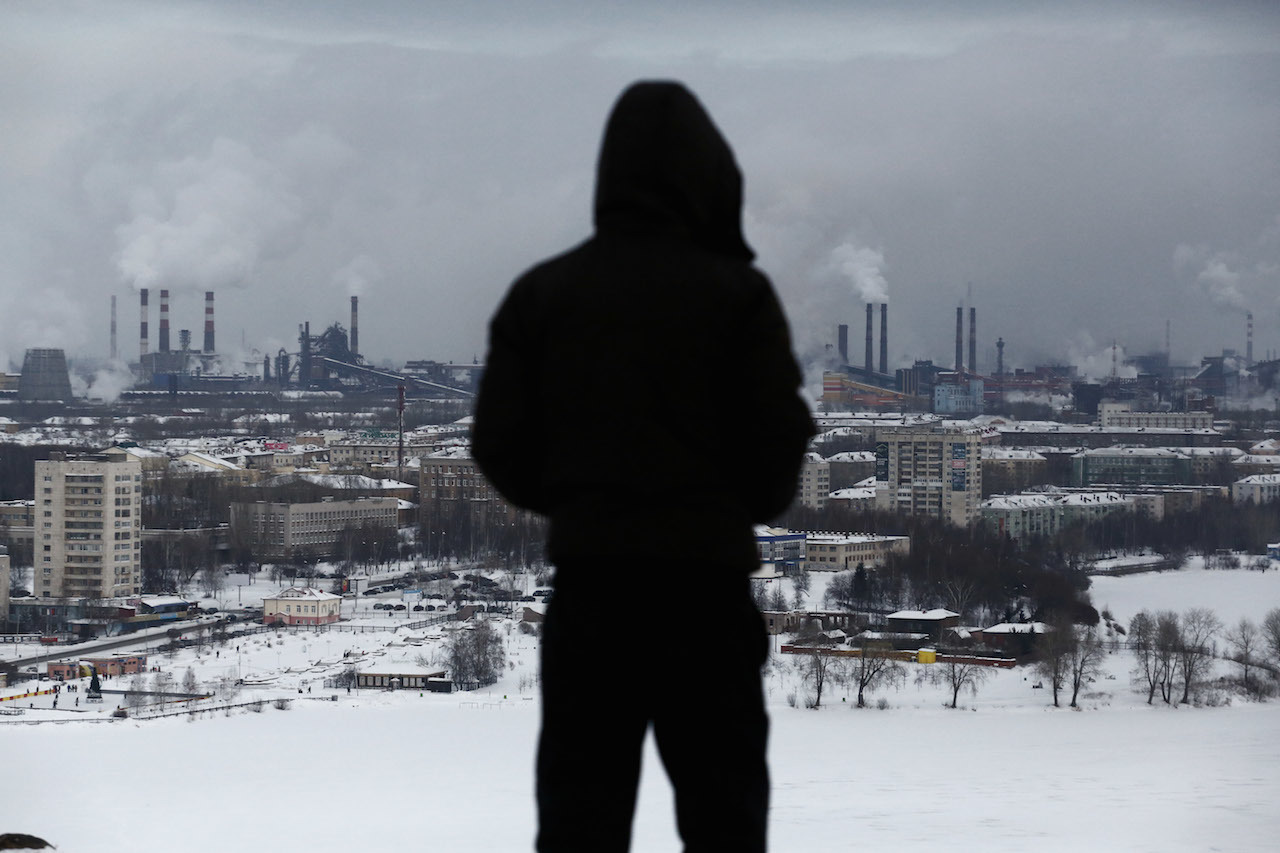
Danny, a construction worker in Nizhny Tagil who organizes raves in his spare time, looks over the city from a surrounding hillside.
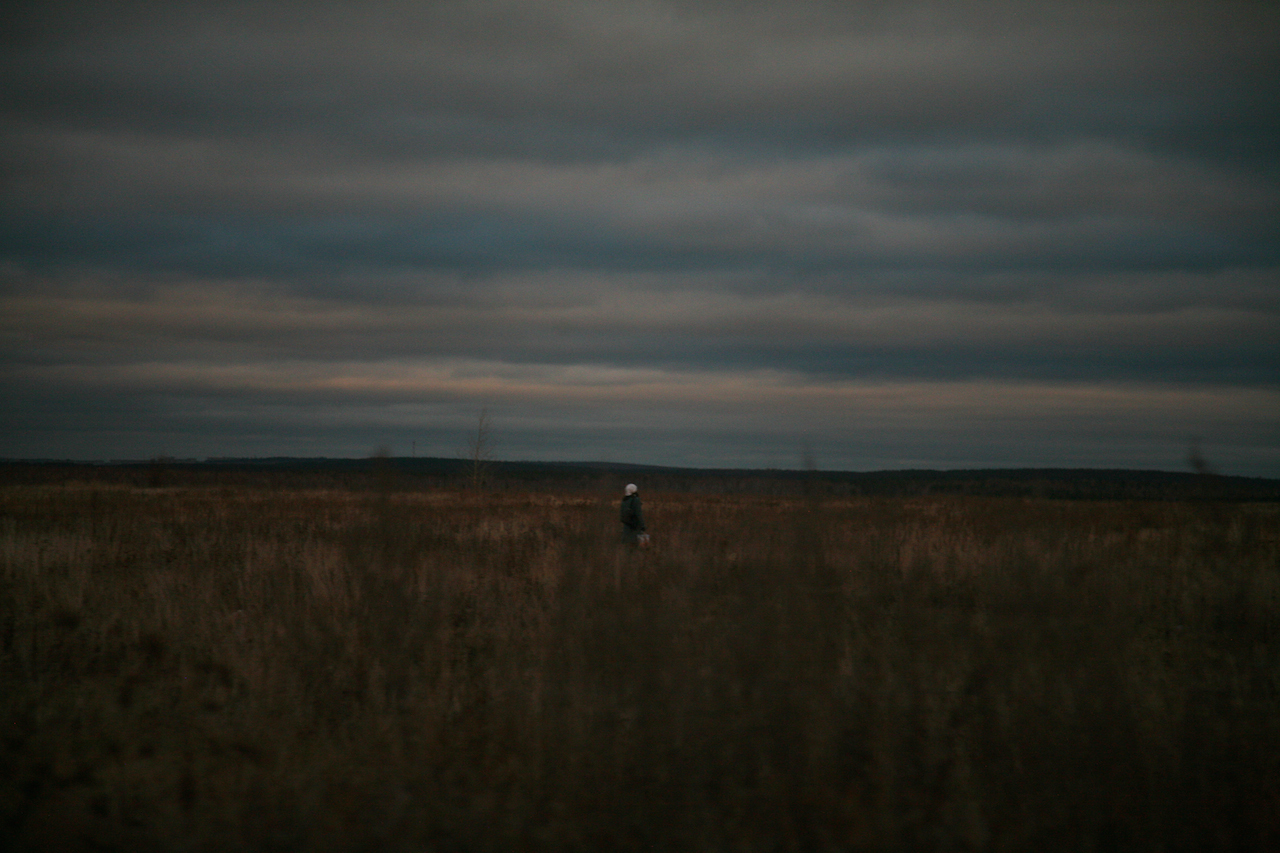
Nizhny Tagil’s residents live secluded lives in vast expanses of land.
Nizhni Tagil is one of 400 Russian “monocities,” cities designed exclusively for industry, founded on a trade in metal extraction that goes back hundreds of years. Explorers discovered rich mineral deposits in the soil in 1696 and the first factory was founded in 1833 by Yefim Cherepanov and Miron Yefimovich, renowned Russian industrialists and inventors who built the country’s first steam locomotive. A monument to the men stands proud in the city center.
Legend has it that the Statue of Liberty’s copper coating was extracted from the city’s mines. Today, Nizhni Tagil is a Russian metallurgy hub and famous for production of military battle tanks which are exported all over the world.
Lacking in modern equipment, the quantity of waste produced by the factories is startling — an estimated 600,000 tons a year, about 1.6 tons per city resident. Nizhni Tagil has the highest rate of stomach and lung cancer in Russia, and the rate of respiratory problems in children is 50 percent higher than the national average. Mass environmental protests common in the 1980s have died away — while the factories may be killing Nizhni Tagil’s population, they are also virtually the only option for them to make the money they need to live.

Winters in Nizhny Tagil are harsh, dropping to temperatures as low as -40 Fahrenheit.
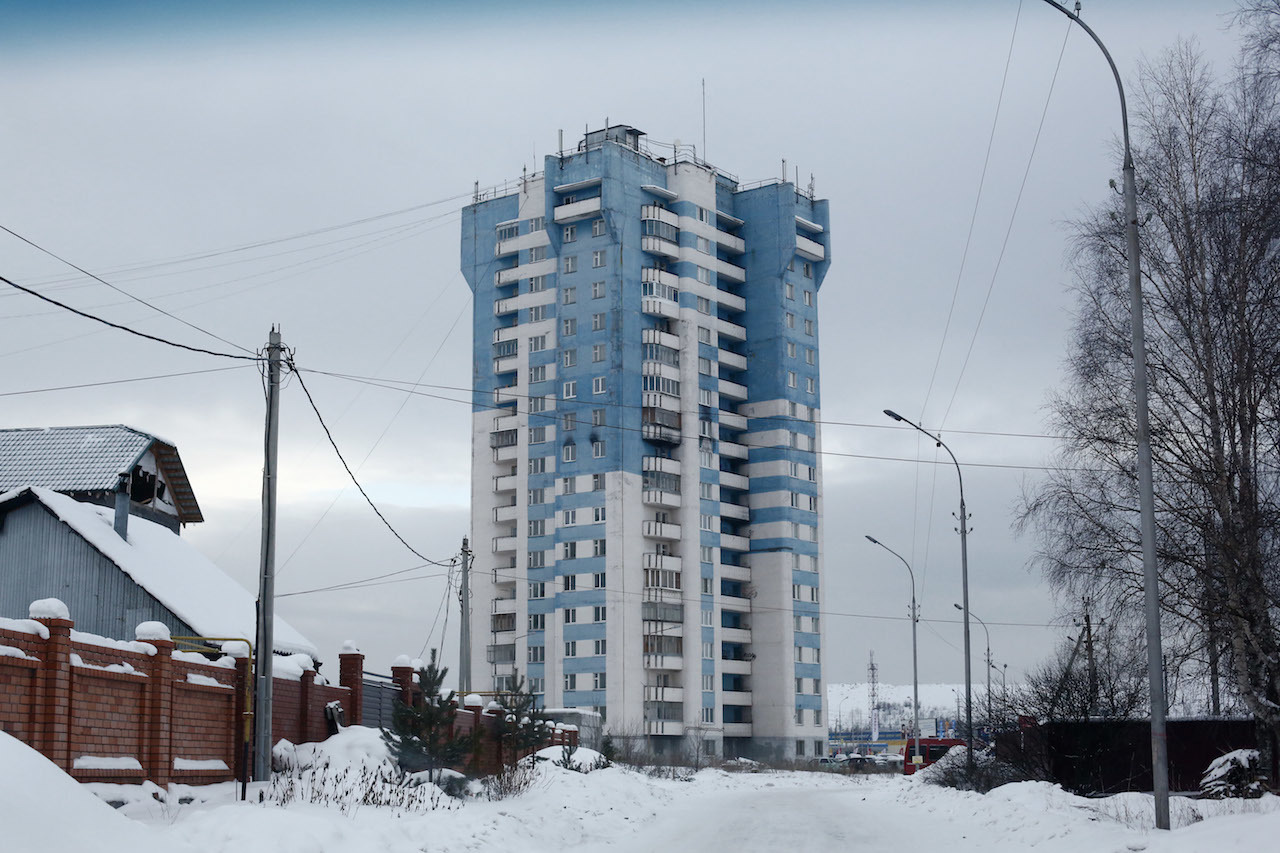
A traditional Soviet-style building in the historical center of Nizhny Tagil.
Apart from factories the other thing Nizhni Tagil has in abundance is prisons. There are eight, including a special detention facility for policemen. Many inmates work unpaid in the arms industry, a tradition dating back to the Gulag days which makes Russia’s weaponry some of the most competitively priced in the world. While a Russian T-90 tank costs $1.5 million, a similar American vehicle costs $3.5 million. “It is an honor for an inmate to work in this sector,” Yivgeni, a 40-year-old resident who worked in an arms factory during a five-year incarceration, told VICE News. “It is a way for the Motherland to show that she trusts us and that we contribute to its economy.”
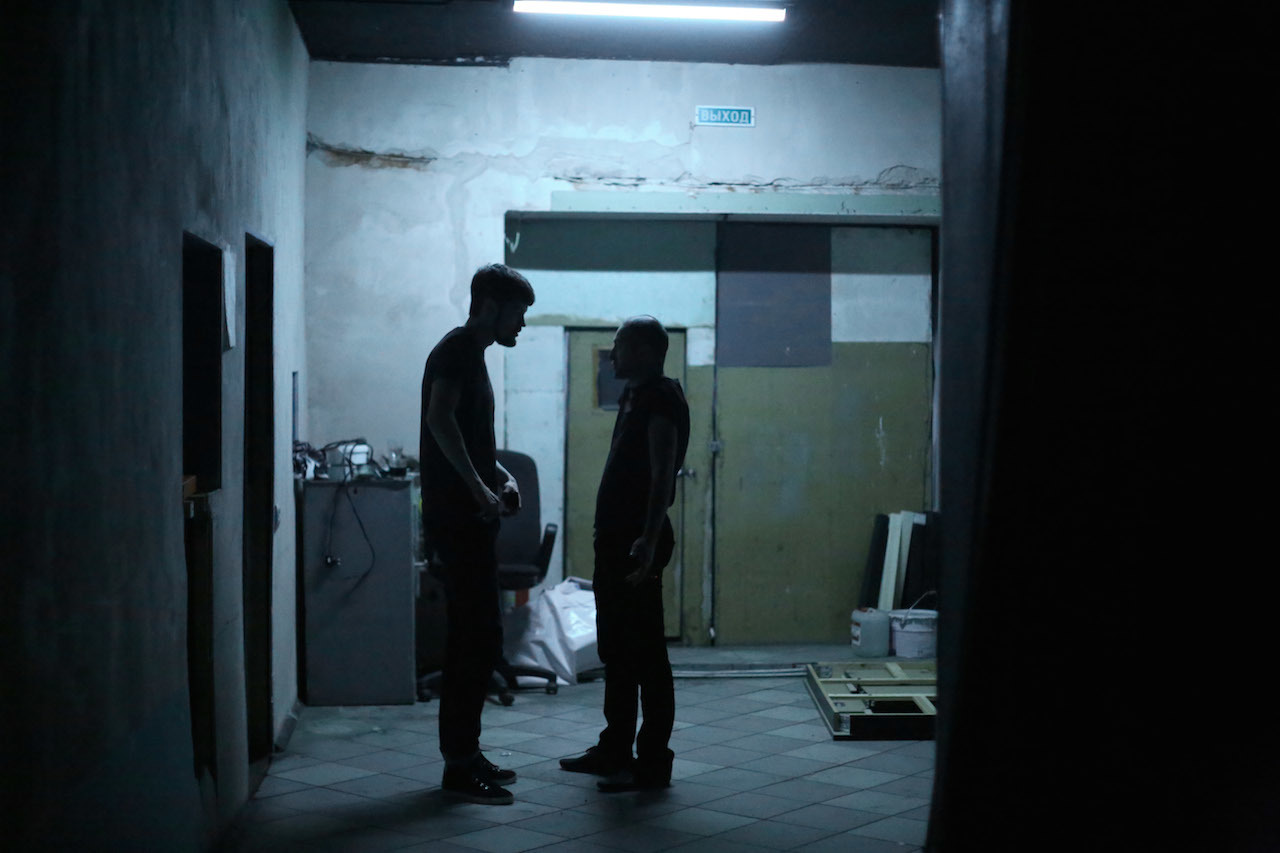
Drug use is widespread throughout the city.
After the collapse of the Eastern bloc, crime skyrocketed in the area. According to police estimates one out of every two men was a member of the mafia during the 1990s. Today the statistics are lower, but the gaze of the mafia overshadows the everyday life of the city. A mafia member can be recognized in three ways: they grow a beard, have a ring, and, if they have been in jail, a tattoo.
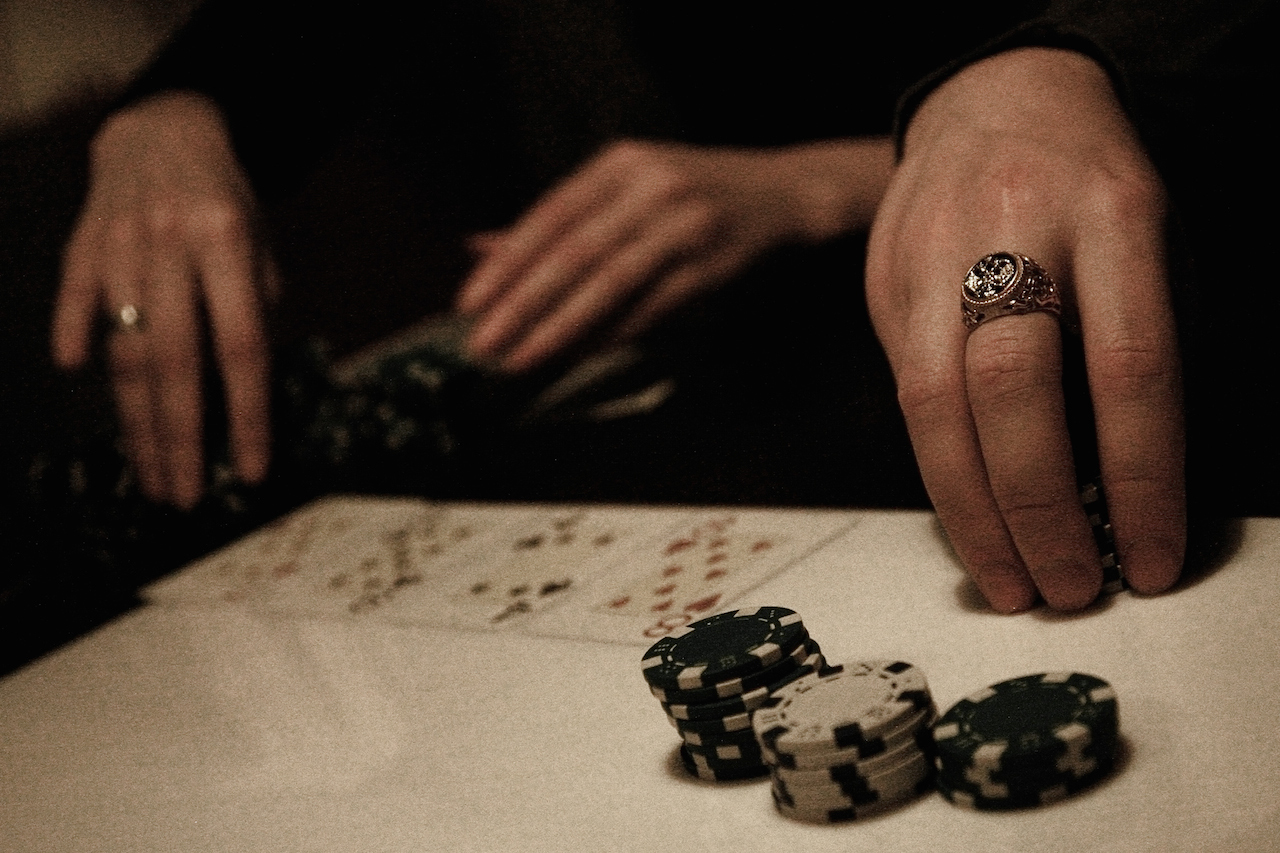
An illegal poker club for mafia members, who across Russia wear signature large rings.
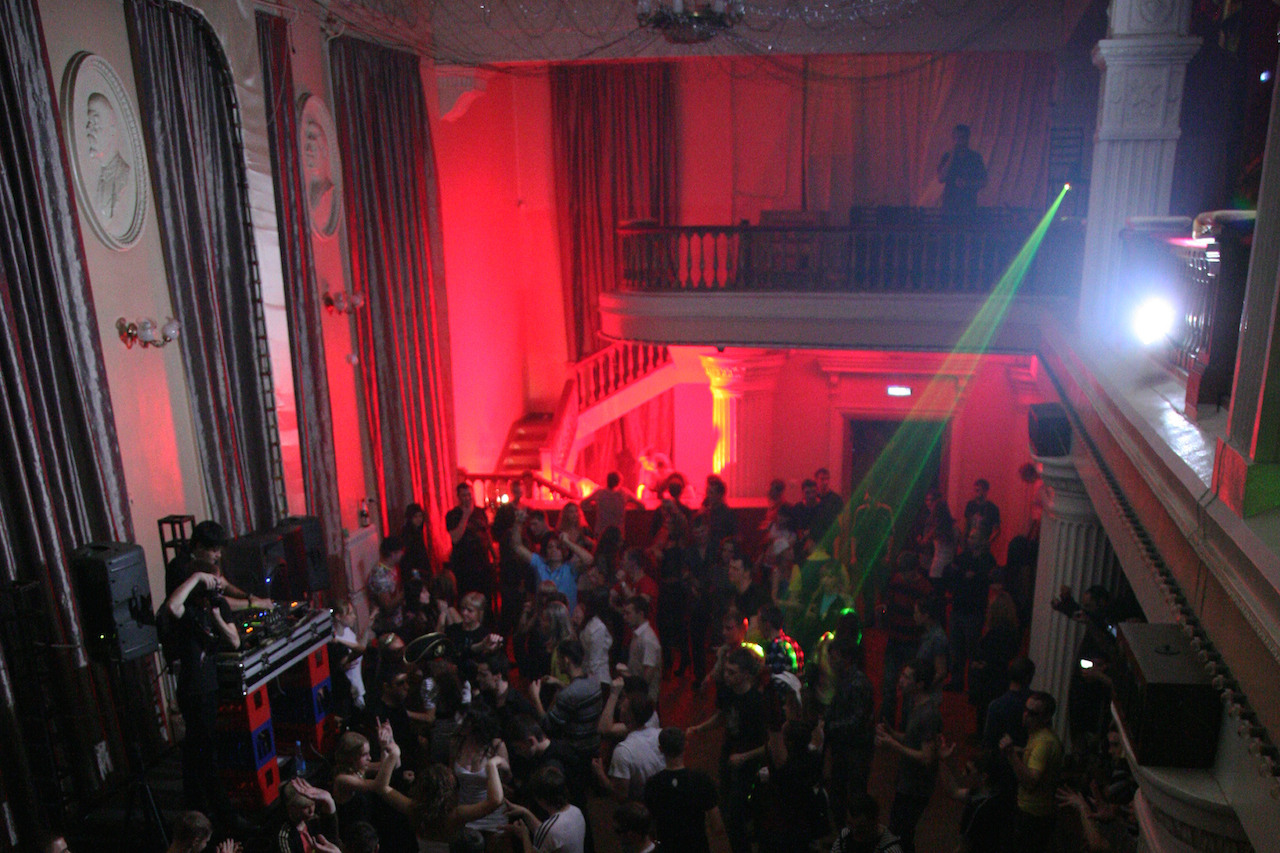
A rave at the old Soviet theater of Nizhny Tagil, where plaques of Lenin and Stalin overlook partygoers.
In 2007 a dog discovered a mass grave in the forest containing the bodies of 30 dead women. An investigation and trial found a group of criminals had been luring women to an apartment to rape them and force them into prostitution. Those that refused were murdered. Eight people were convicted but many believe the investigation did not far enough, leaving many disappearances unsolved. “This is not a place to live, especially if you are a woman. It makes me feel afraid and depressed every time I return,” Yianna, a tourism student who works in Turkey during the summer, told VICE News.
Nizhni Tagil’s youth population, facing the equally grim prospects of unemployment or employment in the factories, seems lost. A documentary by the Russian producer Maria Morina claimed that as many as 30,000 people were addicted to drugs in this frozen corner of the Urals. Parties offer a break from reality and the bitterly cold nights, where temperatures can drop to -31 Fahrenheit (-35 Celsius).
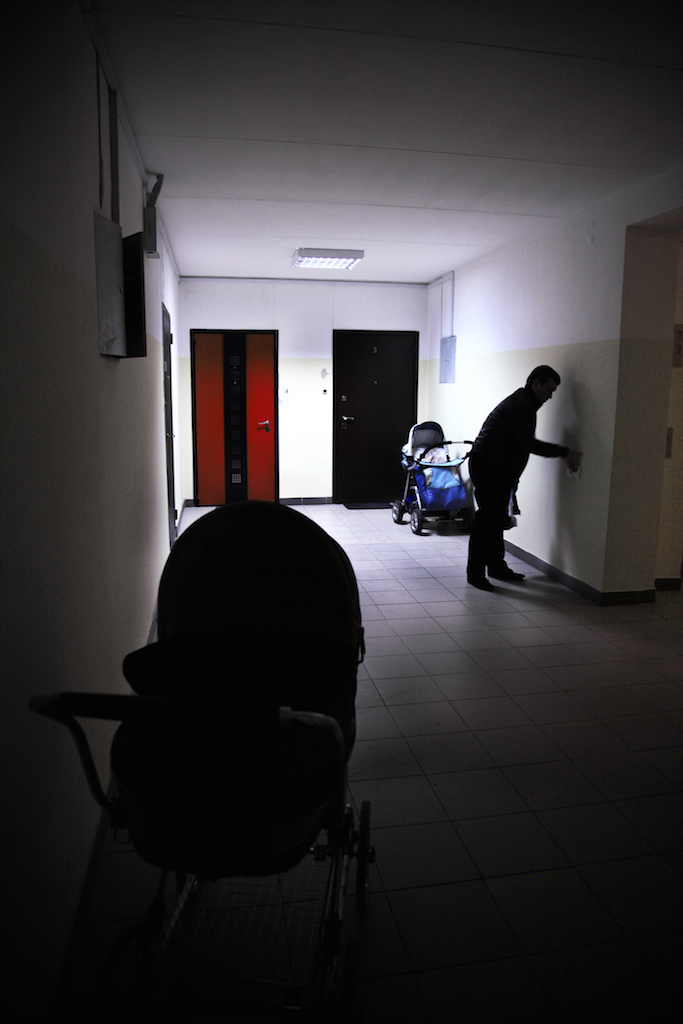
A man leaves his son’s stroller outside his apartment in a Soviet accommodation block.
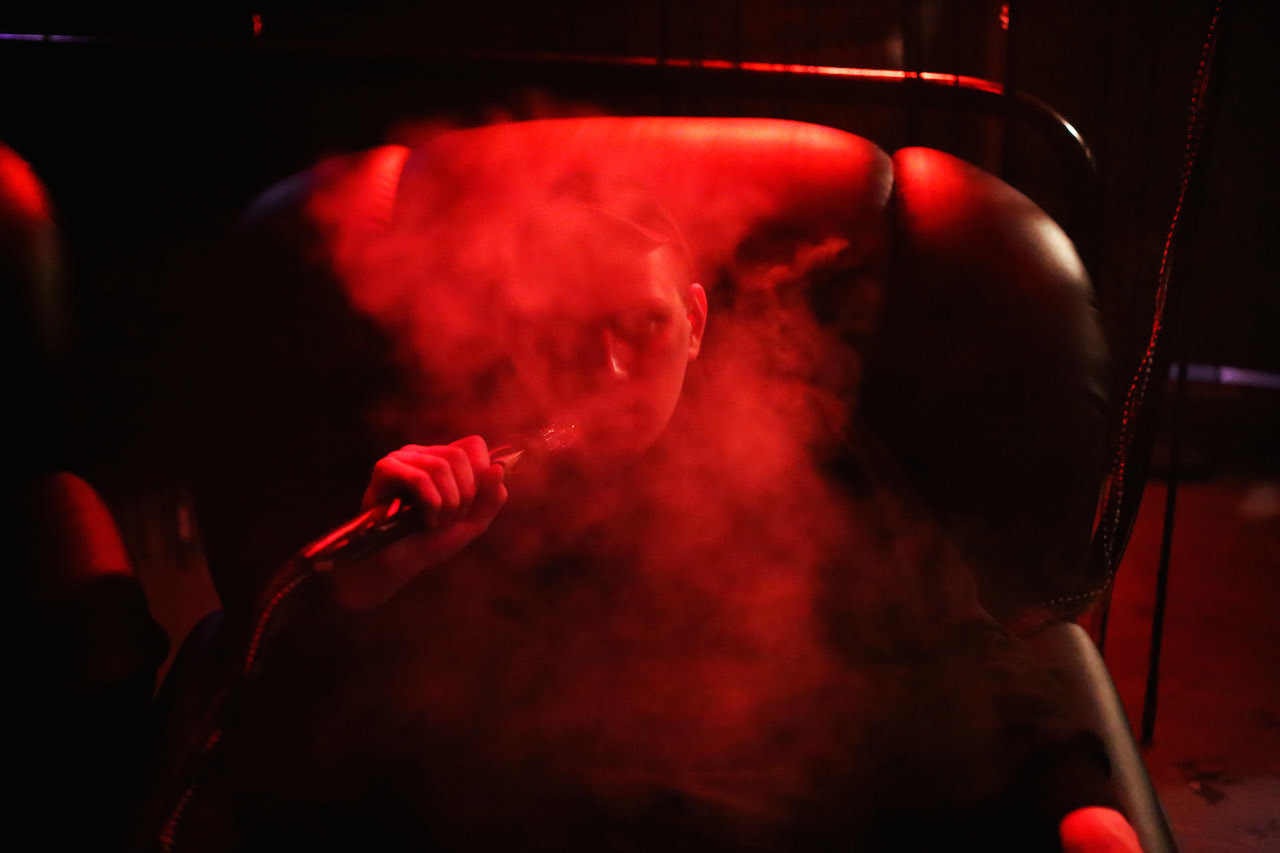
Entertainment in Nizhny Tagil is limited.
Foreign house DJs are invited to play all-night raves in spaces that can host up to 3,000 people, a welcome change from the usual daily routine which starts with the Orthodox Church and ends with a a trudge back from the factory, coated in muck. Danny, a 36-year-old father who works in construction, organizes parties on the side. “There is nothing else to do if you want to escape the everyday routine,” he told VICE News. “Who knows for how long we will be alive? There are days when even the snow is red from the dirt.”

The city’s few nightclubs offer young people a chance to escape the drudgery of their daily lives.
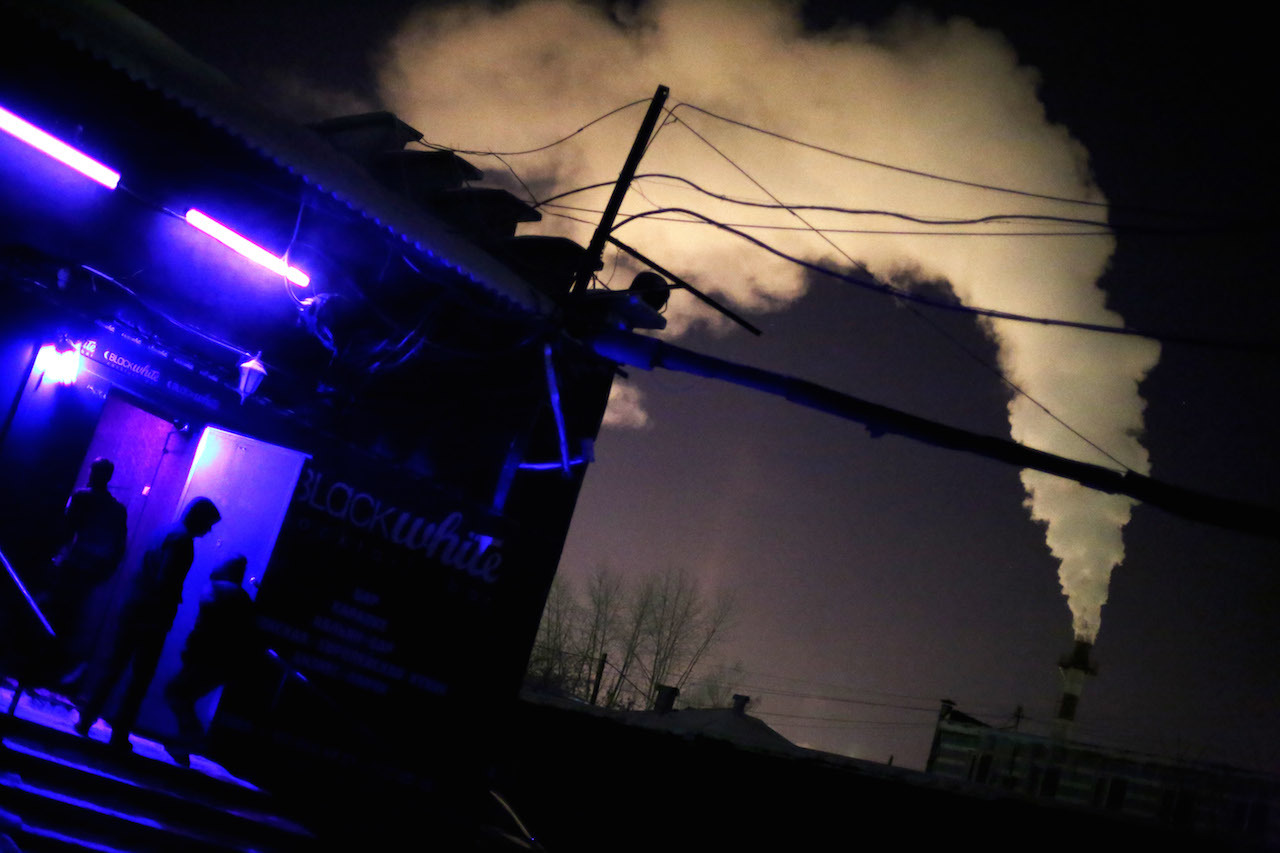
The fumes from Nizhny Tagil’s smokestacks never stop coming.
All photos by Alexandros Katsis and text by Maria Louka.
Follow Maria Louka on Twitter: @maria_louka




